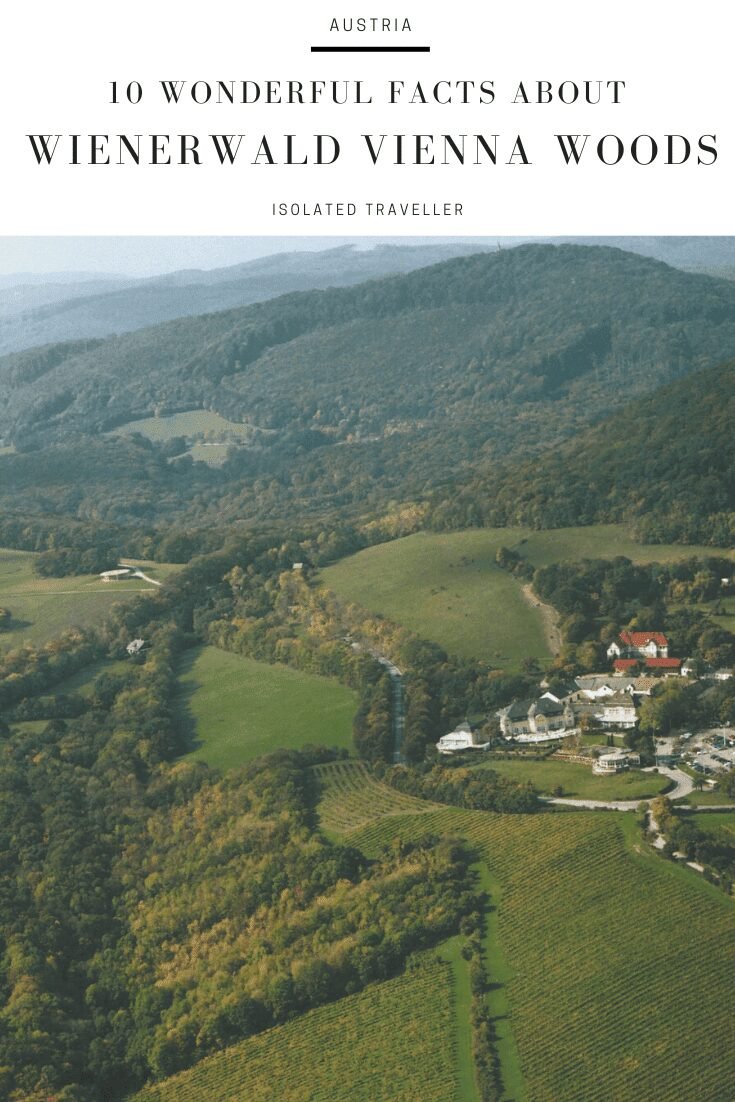Facts about Wienerwald Vienna Woods:
-
In 1987, the governors of the states of Vienna, Lower Austria and Burgenland signed the Vienna Woods Declaration to protect nature in the region.
-
The Wienerwald was supposed to be deforested in 1870; a local politician and lobbyist called Josef Schöffel fought against these plans and became finally famous as the “Saviour of the Vienna Woods”.
-
The Vienna Woods was the royal hunting grounds from the 11th century until 1850.
-
The mountain ranges of the Vienna Woods are the transition between the Eastern Alps and the Carpathians, separated by the Danube and some tectonic lines near Vienna.
-
The highest elevation in the Vienna Woods is Schöpfl at 893 meters above sea level.
-
The Vienna Woods are bounded by the rivers Triesting, Gölsen, Traisen, and Danube, and are on the border of the Mostviertel and the Industrieviertel, two of the four quarters of Lower Austria.
-
In 2005, the Wienerwald became a UNESCO “Biosphere Reserve”.
-
Wienerwald provides a habitat for 2,000 plant species, 150 bird species, and many other endangered animals.
-
The 45 kilometers long and 20–30 kilometers a wide range of hills is heavily wooded and a popular recreation area with the Viennese.
-
In September 1683, Polish troops of King Jan III Sobieski marched across the northern part of the Vienna Woods to help Vienna, in The Battle of Vienna.


